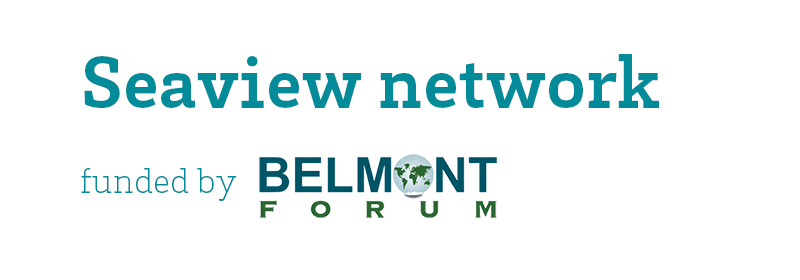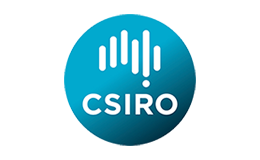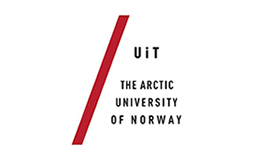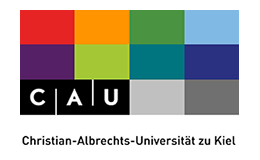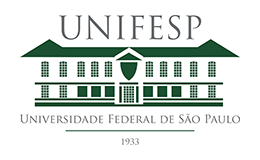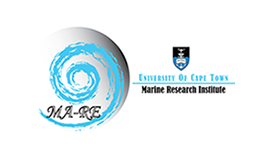Scenarios discussion

As expected, the economic scenario (NPV) yields the greatest net present value over the simulation period but it is a no-win strategy because it is ecologically and economically risky this scenario put emphasis on the most efficient fleets in economic terms. Here fleets 1 and 3 exhibit the best economic performances even if their catches are lower in terms of volumes. In fact these vessels have the lowest fixed costs due to the scanty equipment involved and benefit from the high selling prices since their products are directly sold to the consumers (i.e. no middlemen).
The Co-viability scenario (CVA) appears as the most conservative management strategy and the stochastic approach guarantees its sustainability in an uncertain context.
This scenario exhibits a high probability to achieve the economic, ecological and food security constraints together and it reveals an increase of the net present value between 66.1 and 68.1 M€ compared to baseline SQ Scenario. The ecological sustainability gained through the CVA scenario has to be compared in terms of probability with the SQ scenario.Contrasted with NPV, the economic cost of sustainability can be evaluated by the difference of cumulative profits between these two scenarios (CVA and NPV). This cost — between 82.3 and 86.8 M€ has to be balanced with the benefit of a high probability to ensure a viable management of the fishery . The ecological sustainability gained through the CVA has to be compared with the unsustainability of NPV both in terms of species richness and in probability of remaining above the thresholds, and in terms of probability with the SQ scenario .
Finally the benefits of CVA also go beyond the satisfaction of the food security constraints (at least until 2035) as it helps maintaining positive profits for all the fleets in the fishery.
Main Insights
- Fishing scenario outputs show that fishing performance, including food supply and fleet profitability, can be increased or sustained with lesser impact to marine ecosystem. Particularly CVA aims to reconcile economic and ecological sustainability with the growing food demand contributing hence to food security, with a high probability.
- It appears that the loss of species cannot be avoided. This loss of biodiversity could potentially alter some ecosystem services and the outcomes of the fishery itself in the long run. Depending on the endangered stocks, conservation measures for the productive and reproductive capacities of these stocks should be taken. Banning fishing in nursery zones or promoting more selective fishing techniques could be an alternative.
- CVA does not entail a severe reduction of harvesting, the fishing effort remains relatively high compared to SQ Scenario.
According to CVA,French Guiana coastal fishery is not currently fully exploited and may support higher fishing level without jeopardizing ecological and economic sustainability. In fact, this fishery seems not to suffer from overcapacity. However, we are aware that the results and the scenarios have to be considered with cautious. Nevertheless, we can first argue that the reliability of the analysis derive from the stochastic nature of both the model and the assessments.
